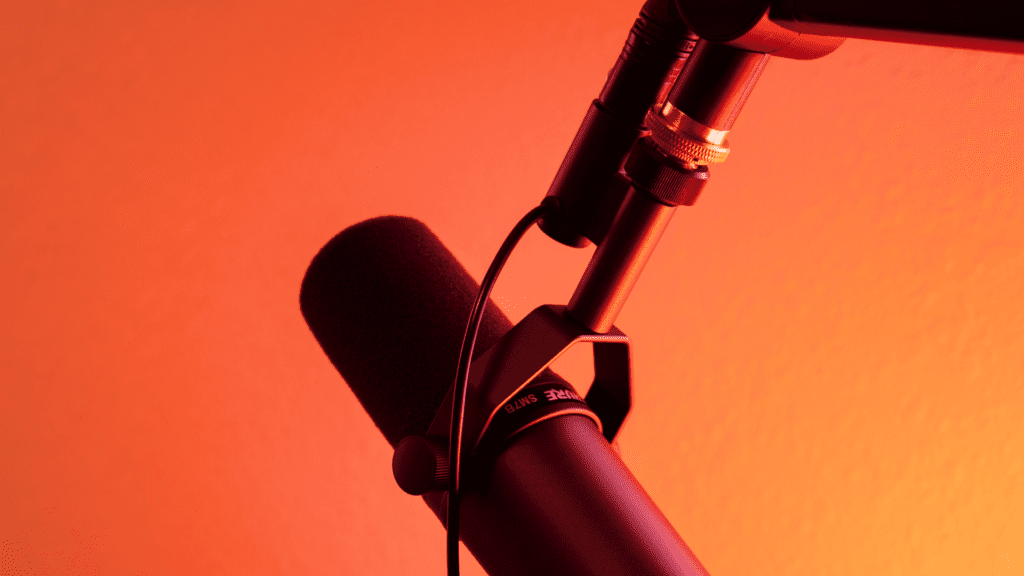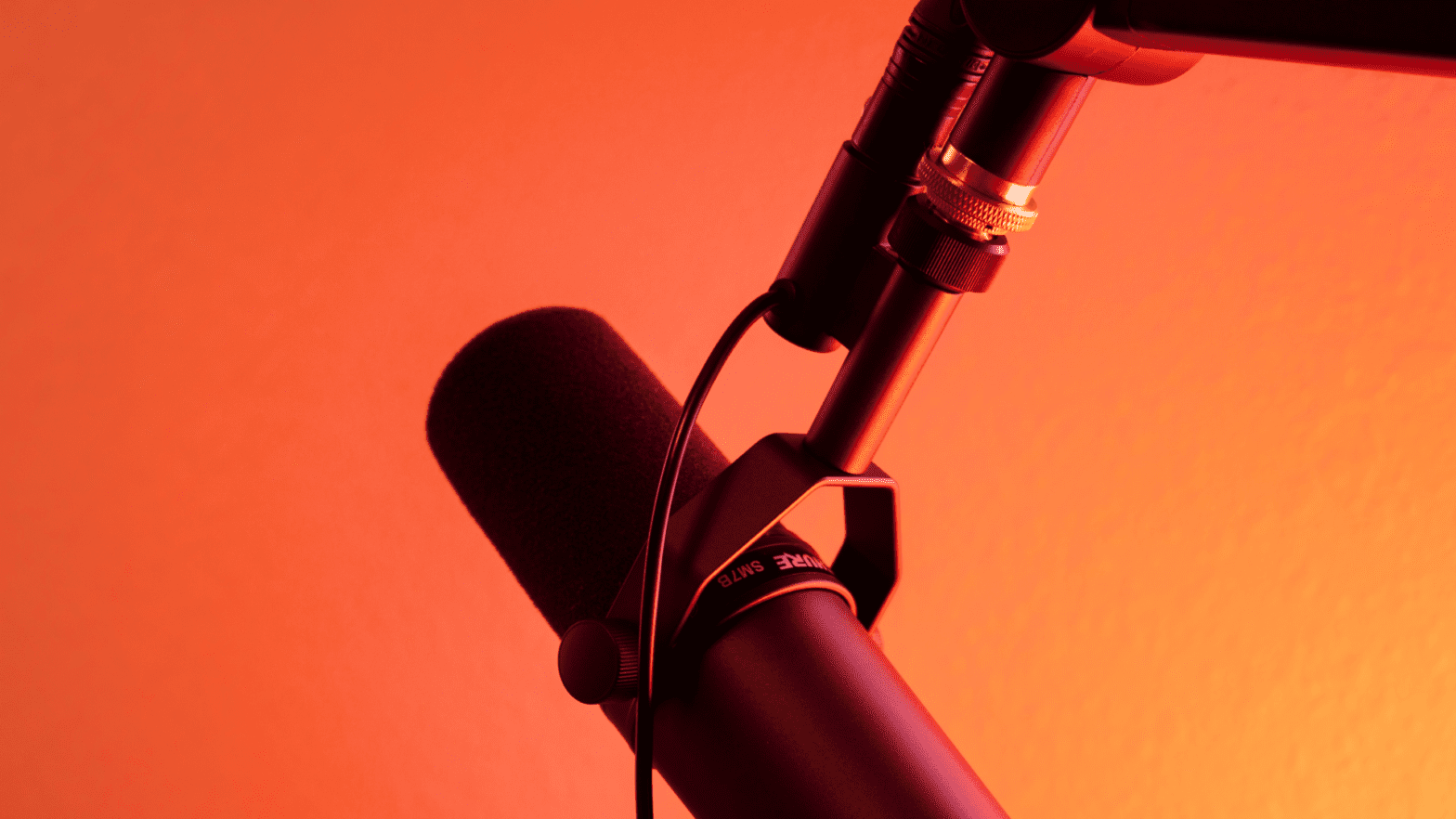
Livestreaming has exploded in popularity over the last couple of years. When lockdowns in 2020 forced people to stay at home for months on end, Twitch saw a 83% rise in viewership, and watch time on YouTube’s gaming live streams exceeded over 10 billion hours.
But even as COVID restrictions wane, demand for livestreamed content isn’t slowing down. The market is expected to reach $4.26 billion by 2028—a projected growth of more than 22%. As platforms like Twitch continue to grow at an astronomical rate, creators are also turning to YouTube to share live content as well.
While Twitch and YouTube share some similarities, it’s important to know the pros and cons for each. Depending on the type of content, size of channel, and target audience, choosing the right platform can make a real difference. For some streamers, it might even make sense to use both channels to grow their following.
Know your algorithm
Before you grab your webcam, it’s essential to know the ins and outs of your platform to ensure you’re taking advantage of every possible move in the playbook. With content creation, that often starts with learning how the app’s algorithm works and whether your channel can benefit from it.
Twitch is a simple, easy-to-use platform where many creators find success. The stream occupies most of the user interface, and a list of recommended content at the top of the screen helps viewers easily browse by game and content type. But because its browse feature is geared to help users find the most popular live streams, it doesn’t necessarily help viewers identify individual creators.
YouTube, on the other hand, is designed for viewers to search specific channels and videos. While its user interface is slightly less streamlined, it provides viewers more control over what they choose to watch.
The two platforms also have very different recommendation algorithms. While new creators join the Twitch community everyday, its AI tends to favor streams with the most viewers—meaning that smaller, more niche channels are typically at a disadvantage. The window of exposure for creators is also pretty limited on Twitch, since its AI recommends ongoing streams over ones that are about to finish.
YouTube’s recommendation algorithm, however, is more personalized. It curates a viewer’s front page based on content they’ve already watched, allowing them to follow a specific group of creators or content category more closely. In this way, smaller creators have a better chance at increasing visibility on YouTube. If you’re just starting out and not seeing a ton of success with streaming on Twitch yet, YouTube is a must-try.
Connect with the right audience
It’s no secret that Twitch is primarily geared toward young gamers. 73% of its users are below the age of 35. And, as of 2021, it hosted 91% of all video game streaming on the internet, making it the most popular live broadcasting platform for gamers. Although niche categories like mukbangs and ASMR may be gaining traction, the streaming service is still very much a gamer’s paradise—and that probably won’t be changing anytime soon.
Unlike Twitch, YouTube is a more established video-sharing platform and has had time to accumulate a wider range of content over the years. From travel and fitness to beauty and fashion, YouTube caters to many different types of interests and audiences. And while Millennials make up a bulk of its users, the platform still has a strong hold on other age groups: 47% of YouTube’s current users are over the age of 35.
If you’re a young twenty-something with a passion for gaming, you’ll feel right at home in the Twitch community. But if you’re a stay-at-home mom looking to stream a makeup tutorial, you may be more likely to find success on YouTube Live. It all depends on who your target audience is and what you’re hoping to achieve with your channel—before you dive in, make sure you have a clear direction for your content.
Boost engagement with in-app features
As a platform that exclusively hosts streamed content, Twitch is built to facilitate real-time interactions between streamers and viewers. Beyond basic features like subscribe buttons and chat rooms, Twitch helps creators grow their followings by equipping them with a wide variety of tools to increase engagement.
Emotes, for example, are emoticons that Twitch creators and viewers can use to communicate with one another. While every creator has access to a standard set of Global Emotes when they start their channel, you can actually create new custom emotes for your own followers once you’ve reached Affiliate or Partner status. Custom Cheermotes, the animated version, is also a popular feature for creators to increase engagement. Using Cheermotes, Twitch viewers can send their favorite creators a Cheer (a positive chat message) with Bits, a virtual good that can be bought and donated on the platform.
Again, it’s important to remember that custom features are only available to creators that have met certain requirements. For instance, Twitch Affiliates need to have more than 50 followers and must have streamed at least eight hours in the last 30 days. Twitch Partners, on the other hand, are required to stream 25 hours every 30 days and attract more than 75 viewers per stream on average.
YouTube is still catching up in this regard, but the platform is moving fast. Earlier this year, it introduced new features for streamers including the Live Ring, a visual indication on your profile picture that lets your followers know when you’re streaming; Full Screen Mode, a split-screen view of both the video content and live chat box; and Cross Channel Live Redirects, which allow creators to redirect their viewers to another channel. Twitch actually has a similar function called “raiding,” where creators send their viewers to watch another user’s stream. On both platforms, this is a powerful tool for community building.
The bottom line: For a more beginner-friendly route, consider YouTube Live. Once you learn the basics and establish a regular streaming schedule, you’ll be prepared to create a Twitch account to supplement your existing content.
